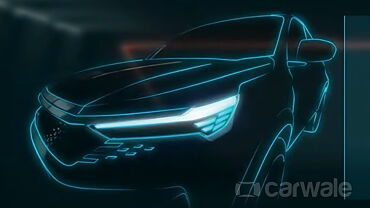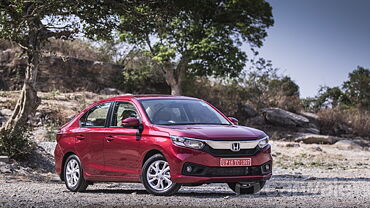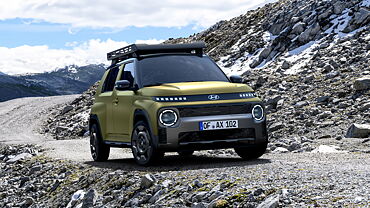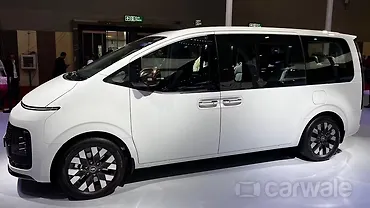
Hyundai has relaunched the Verna in the Indian market and the car is now in its fifth generation. This is the Seoul based automaker’s C-segment machine and has been brought in to rival against the Maruti Suzuki Ciaz and the Honda City. But unlike the past where competition in the C-segment was a sedan for sedan fight, it is now also an SUV/crossover vs sedan fight.
On the face of it, things looks to be in favour of the SUV/crossover as they have features similar to the sedans but with a higher ground clearance. And by virtue of being bigger, they have a strong presence too. However, sensing that, manufacturers have started to up the ante with the sedans and you now get them with features that were once the forte of more expensive vehicles.
So how does the Verna stand up to an SUV? We have already looked at it versus the Renault Duster and now here’s our take on how it fares against the Honda BR-V.
Exterior
On the face of things, it is pretty obvious that both cars have a good presence. The Verna does this with its many curves, chrome elements and latest Hyundai design language, while the BR-V does so thanks to its bigger size. They are the same size and have the same wheelbase but in terms of attention, we would put our money on the Hyundai as the BR-V feels a tad bit plain. However, if you were to consider it in terms of elements, one could say that Honda did not need to ‘jazz’ up the BR-V as it already stands tall thanks to its overall design and stance.
Interior
We could look at this in two ways. The first is that the BR-V has seven seats and having two more seating options in the mind of a buyer is always a value for money offer. This is something that the Verna, for obvious reasons, cannot offer. However, where the BR-V has seven-seats, the Verna has a significantly bigger boot.
The second way we could see this is that because the BR-V has presence and seven seats, Honda has not had to load it up with too many features. The Verna on the other hand has to work much harder to stand out and so has a got a bigger feature list with items like ventilated seats and an auto boot opening feature.
However, the BR-V lacks one very important feature, which is a touchscreen system and that is something which is considered standard in the segment nowadays.
Engine and gearbox
The Hyundai Verna is the more powerful of the two in this fight. It gets a four-cylinder 1.6-litre petrol and diesel engine that produce 121bhp/151Nm and 126/260Nm respectively. Both can be had with a six-speed manual or a six-speed AT.
The Honda BR-V gets its parent company’s familiar powertrain options. You can have it with a 1.5-litre petrol or diesel unit that produces 117bhp/145Nm and 100bhp/200Nm respectively. There is a six-speed manual for both while the petrol can also be had with a CVT.
Conclusion
There is a difference of Rs 40,000 to Rs One lakhs between the equivalent variants of the Verna and BR-V. Honda is charging a higher price due to the SUV and styling tag of the BR-V. But if you look at everything else, the Verna seems like a much more solid product as it has more features, powerful engines and funkier designs.

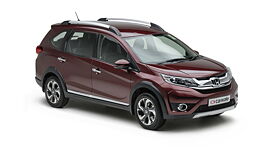
![Hyundai Verna [2017-2020] Image Hyundai Verna [2017-2020] Image](https://imgd.aeplcdn.com/272x153/cw/ec/25465/Hyundai-Verna-Exterior-118764.jpg?wm=0&q=80)
